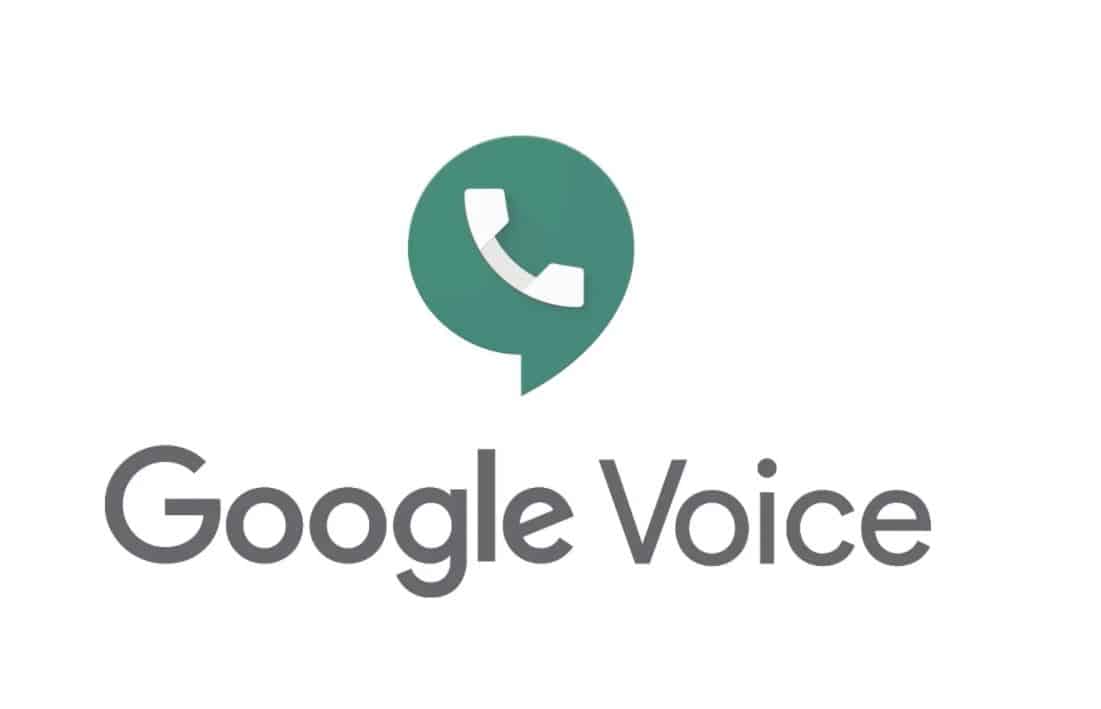After arriving in Norway, you’ll quickly find out that you’ll need a new local mobile number with a Norwegian provider, not only for ease of receiving phone calls but also to access various financial and government systems using BankID. So, the question will quickly come up: What to do with your old number?
It’s likely and recommended to retain access to your old number so contacts can keep in touch and you can continue using it for internet services that require it for authentication, (aka 2FA or two-factor authentication). If you disable your old phone number, you may find it’s difficult to log in to some of your favorite online services.
The simplest solution for continuing to receive both text messages and voicemails is to use Google Voice. This service, offered free by Google, is what might be called a virtual phone number. It allows you to access these messages from anywhere with an internet connection, regardless of who provides your mobile phone connection. It’s all done with the Google Voice app.
Understanding Call Forwarding
Call forwarding, also known as call diversion, is a telecommunications feature that allows you to redirect incoming calls from one phone number to another. This can be incredibly useful in various situations, such as when you’re traveling, working remotely, or simply need to ensure you don’t miss important calls when away from your primary device.
Benefits of Call Forwarding
- Accessibility: Call forwarding ensures that you’re accessible to others, even if you’re not at your usual location. This is particularly valuable for professionals who need to remain reachable during business hours.
- Flexibility: Whether you’re on vacation, in a meeting, or simply running errands, call forwarding provides the flexibility to answer calls on the device that is most convenient for you at the time.
- Never Miss Important Calls: Call forwarding helps prevent missed opportunities or critical communication by ensuring that calls are forwarded to your desired location or backup number.
- Privacy: If you want to keep your primary phone number private but still want to receive important calls, call forwarding can be an effective solution.
How to Set Up Call Forwarding
The process of setting up call forwarding may vary slightly depending on your mobile carrier and the type of phone you’re using. However, the general steps are as follows:
For Android Phones:
- Open the Phone app on your Android device.
- Tap the three-dot menu icon or navigate to “Settings.”
- Select “Call settings” or “Calls.”
- Tap on “Call forwarding.”
- Choose the type of call forwarding you want (e.g., forward when busy, forward when unanswered, forward when unreachable).
- Enter the phone number you want to forward calls to.
- Save or enable call forwarding.
For iPhones (iOS):
- Open the “Settings” app on your iPhone.
- Scroll down and tap “Phone.”
- Select “Call Forwarding.”
- Toggle on “Call Forwarding.”
- Enter the number you want to forward calls to.
- Save or enable call forwarding.
For Landlines:
The process for setting up call forwarding on landlines may differ depending on your service provider. Typically, you would dial a specific code followed by the number you want calls forwarded to. Contact your provider for detailed instructions.
Conclusion
Call forwarding is a valuable tool that empowers you to maintain connectivity and accessibility in an increasingly mobile and dynamic world. Whether you’re a professional needing to stay reachable or an individual looking to ensure you never miss important calls, call forwarding offers convenience and flexibility. By understanding how to set it up on your phone, you can take advantage of this feature to simplify your communications and stay in touch, no matter where life takes you.
- WHAT TO PREPARE AND PLAN
